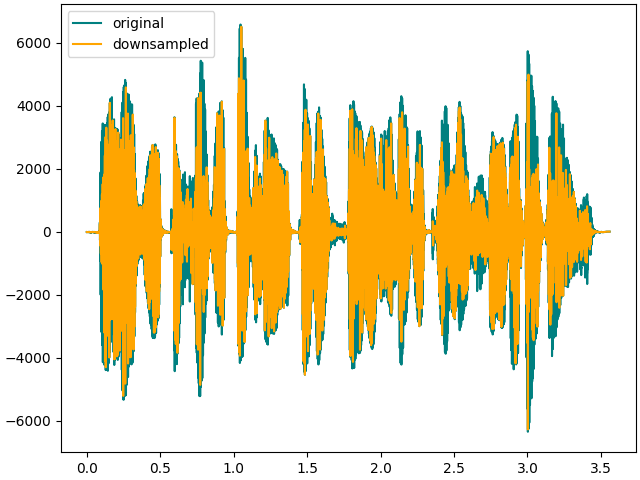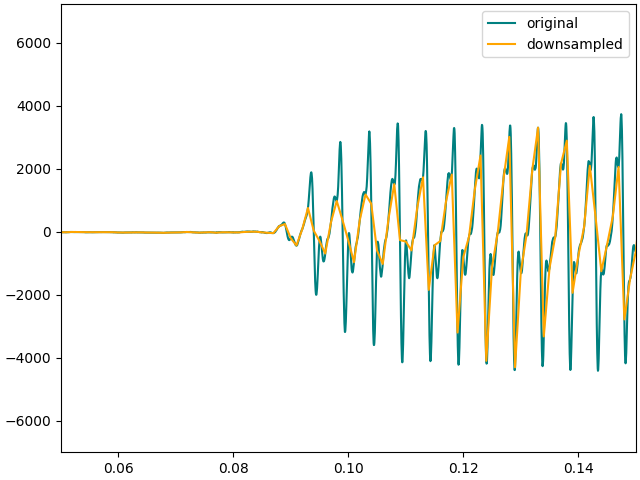Note
Go to the end to download the full example code.
MISC 006: a proxy measure of the audio stimuli🔗
Important
This example requires the meg_wiki package to download the sample dataset. This
package can be installed with pip:
$ pip install git+https://github.com/fcbg-platforms/meg-wiki
The Crimson 3 audio interface has 2 monitoring feedback outputs, Phones 1 is
connected with a jack to BNC cable to an analogical input of the MEG acquisition system,
MISC 006. This measure of the auditory stimuli can be a good proxy for the auditory
waveform, depending on the waveform frequency content. The MEG signal will sample the
analogical channels simultaneously with the MEG channels, at the same sampling
frequency, by default 1 kHz. Thus, any sound that can be sampled at 1 kHz will be
available in the FIF file.
If the auditory stimuli can not be sampled at 1 kHz, this measure can still be a good proxy to check the waveform, its onset and offset and the delay between the onset and the trigger.
Warning
If the sound can not be sampled at 1 kHz, extra care should be taken to ensure that this proxy measure is representing well-enough the auditory stimuli.
Sentence🔗
Let’s start by emulating the result of a 1 kHz downsampling on a 24 kHz wav file
containing a sentence generated with the text-to-speech tool Amazon Polly.
import numpy as np
from matplotlib import pyplot as plt
from scipy.io import wavfile
from meg_wiki.datasets import sample
fname = sample.data_path() / "tutorials" / "sentence.wav"
fs, data = wavfile.read(fname)
times = np.arange(len(data)) / fs
step = int(fs / 1000) # step to downsampling to 1 kHz
f, ax = plt.subplots(1, 1, layout="constrained")
ax.plot(times, data, color="teal", label="original")
ax.plot(times[::step], data[::step], color="orange", label="downsampled")
ax.legend()
plt.show()

In this case, the downsampled signal is a good proxy for the original signal. Importantly, the onset is preserved.

Pure tone🔗
Let’s now consider a pure tone at a badly chosen 1 kHz frequency, exacerbing a badly sampled signal at a sampling frequency of 1 kHz.

Total running time of the script: (0 minutes 3.199 seconds)
Estimated memory usage: 199 MB